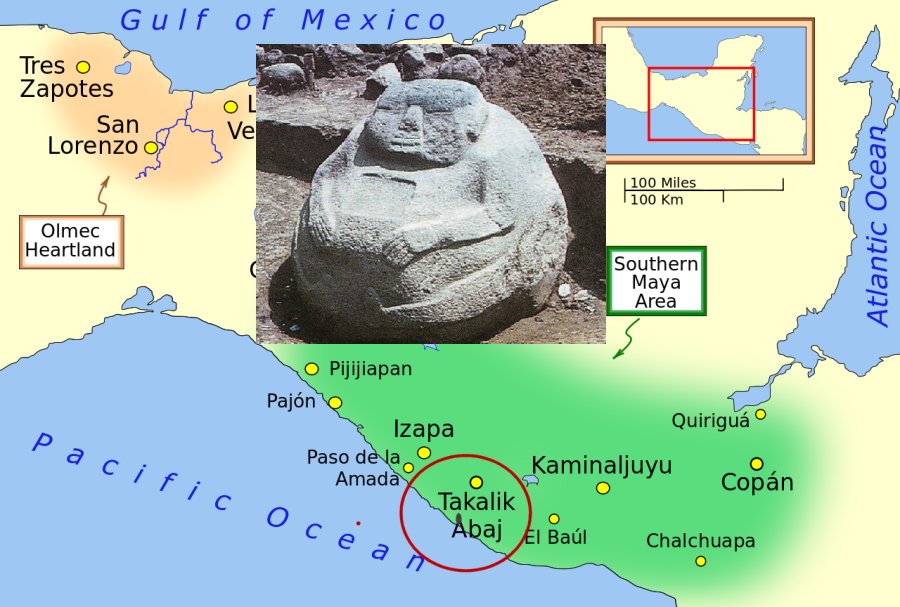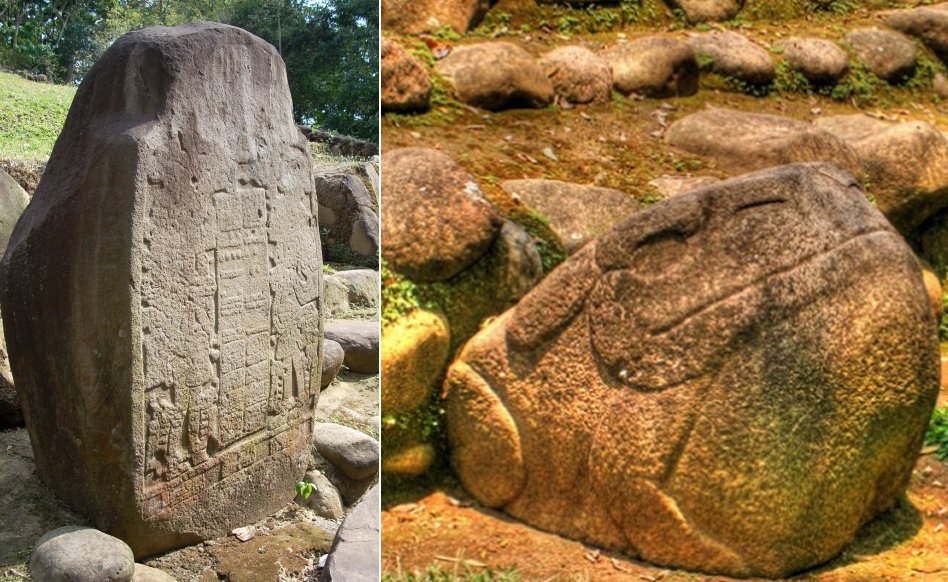Mysterious Abaj Takalik Of Guatemala And Intriguing Relationship Between Olmec and Maya
A. Sutherland - AncientPages.com - Abaj Takalik (also Tak'alik Ab'aj means 'standing stone' in the local K'iche' Maya language) has a pre-Columbian origin. The earliest known occupation at Takalik Abaj dates towards the end of the Early Preclassic, ca. 1000 BC.
The Mayan civilization emerged around 2000 BC and flourished around 900 AD, and about 300 BC, they constructed hundreds of enigmatic centers out of stone in what is now central Mexico, the Yucatán, Guatemala, Honduras, and Belize.
Our knowledge about the Maya significantly increased since 1976 when archaeologists led by John A. Graham of the University of California, Berkeley began to investigate the ruins of Abaj Takalik, situated on Guatemala's south coast, and in close vicinity (only seventy kilometers) from important Mexican ruin known as Izapa.
Archaeological finds from the site indicate contact with the prestigious center of Teotihuacán, a city of more than 150,000 people living in the Valley of Mexico, and imply that Abaj Takalik was conquered by it or its allies.
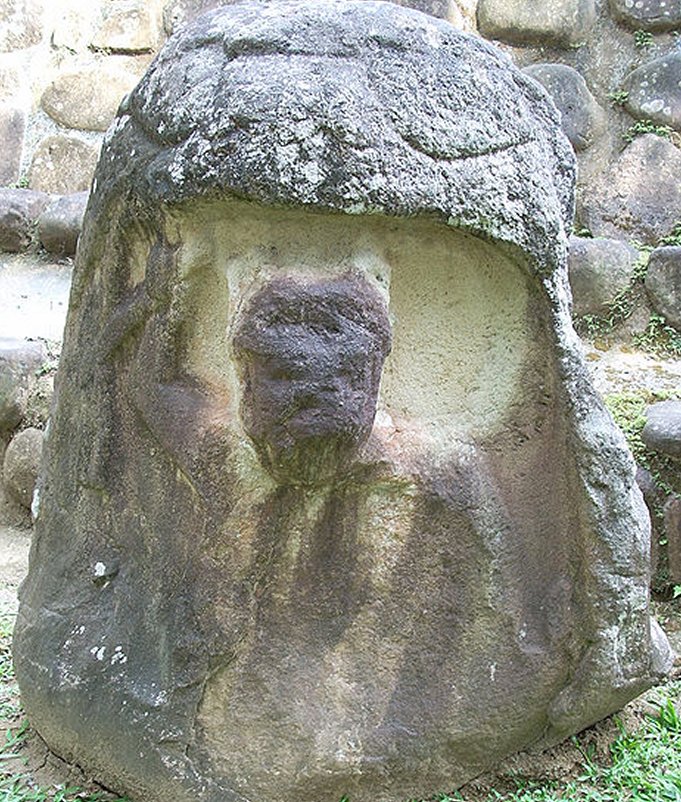 Monument 67 from Takalik Abaj, in Olmec style. source
Monument 67 from Takalik Abaj, in Olmec style. source
Continuous excavations have already exposed a Maya royal tomb, numerous hieroglyphic inscriptions and Maya sculptures predating the earliest known Maya monuments. The site is rich in both Olmec and Maya features, but first of all, it has one of the greatest concentrations of Olmec-style sculptures, petroglyphs and colossal heads that are typical for this mysterious civilization.
Abaj Takalik was a fairly large city with a sophisticated water drainage system, numerous earthen mounds, plazas, courts, and buildings positioned close together in four main groups covering nine terraces; some of them were natural and others artificial constructed.
Large Stelae And Gigantic Sculptures Dominate
"The stone monuments found at Abaj Takalik consist of upright slabs, known as stelae, and other sculptures unusual forms. Many of the monuments are unembellished, but others are carved with depictions of human figures, hieroglyphic texts, and complex designs. A number of the monuments are very large, with one weighing an estimated fifteen tons.
Most of the monuments are carved from local volcanic boulders, but one seven-ton stela is carved from an unusual stone probably imported from the Isthmus of Tehuantepec in Mexico, located some 300 kilometers away, attesting to a considerable feat in ancient long-distant transport…" 1
However, it's important to stress that "exploration has been difficult and time-consuming, since the thick stand of coffee and canopy shade trees cannot be cleared, and the ruins [of Abaj Takalik] have been planted in coffee for over one hundred years, according to John Graham of Department of Anthropology, UCB.
Today we know, the site flourished in the Preclassic and Classic periods, from the 9th century BC through to at least the 10th century AD, and was an important center of commerce and trading.
Several of the newly discovered monuments at Abaj Takalik include depictions of dignitaries dressed in traditional Maya costume and bearing characteristic Maya emblems.
See also:
Mystery Of Ancient Magnetic Potbelly Statues In Mesoamerica Revealed – But Something Is Still Wrong
Calakmul Was Powerful Ancient Maya Seat Of The Snake Kingdom
Mysterious Maya Snake Kings And Their Powerful Kingdom In The Jungle Reveal More Ancient Secrets
The latest archaeological discoveries have rewritten our knowledge of Abaj Takalik. Monuments and Maya designs at the site clearly suggest the region was inhabited by people whose history is much more complex than previously thought.
For example, unearthed ancient monuments depict public figures dressed in traditional Maya costume and bearing characteristic Maya emblems. Yet, interestingly, scientists noticed the details of the Maya are “clearly antecedent to the earliest presently known counterparts from northern Guatemala, the traditional domain of Classic Maya civilization.”
Left: Abaj Takalik, Stela 5, source; Right: Tak'alik Ab'aj sacred place, Guatemala. source
"At Abaj Takalik, the Maya Lord is seen clasping a serpent bar before his chest. “Here, however, the conventional serpent bar is replaced with a long, undulating naturalistic serpent. Perhaps most important to note is that “most of the Maya monuments at Abaj Takalik carry hieroglyphic inscriptions in a very early form of Maya writing.” 1
The serpent has always played an important role among the Maya. Known under a number of different names, Kukulkan, the Feathered Serpent was one of the most important gods in Mesoamerica.
The Aztecs called him Quetzalcoatl and the ancient Maya referred to him as Kukulkan. The K’iche’ group of Maya named him Gukumatz.
Abaj Takalik And The Olmec Connection
Even more interesting is that several of the discovered sculptures at Abaj Takalik are believed to date from an even earlier period.
“In addition to the discovery of very early Maya sculptures and hieroglyphic texts, a series of Olmec monuments were also unearthed. A human figure in Olmec relief style located on a large boulder near Abaj Takalik has been known for many years. The group of Olmec carvings discovered in 1976, however, represents the first time a substantial series of Olmec monumental sculptures have been found at a Maya site. Together with scattered discoveries of Olmec pieces from sites along the Pacific coast, these finds indicate a major Olmec presence on the south coast of Guatemala. The newly discovered Olmec sculptures include high relief carvings with rounded contours related closely to Olmec sculpture in the round.” 1
As previously reported, archaeologists unearthed the tomb of a powerful king, who may have led the transition from Olmec to Mayan culture between 700 and 400 BC.
This intriguing ancient site has approximately 282 monuments of Mayan and Olmec origin. It should also be noted that the characteristic potbellies can be found in this place, as well as a series of zoomorphic figures. They may offer more valuable information about the enigmatic Olmec civilization that left many traces at Takalik Abaj
Written by – A. Sutherland - AncientPages.com Senior Staff Writer
Copyright © AncientPages.com All rights reserved. This material may not be published, broadcast, rewritten or redistributed in whole or part without the express written permission of AncientPages.com
Expand for references- Graham, John A. "Discoveries at Abaj Takalik, Guatemala." Archaeology 30, no. 3 (1977): 196-97.
Michael D. Coe, Rex Koontz, Mexico: From the Olmecs to the Aztecs
More From Ancient Pages
-
 Unicorns In Southern Africa: The Fascinating Story Behind One-Horned Creatures In Rock Art
Featured Stories | Jun 24, 2023
Unicorns In Southern Africa: The Fascinating Story Behind One-Horned Creatures In Rock Art
Featured Stories | Jun 24, 2023 -
 On This Day In History: Battle Of Visby, Gotland Was Fought – On July 27, 1361
News | Jul 27, 2016
On This Day In History: Battle Of Visby, Gotland Was Fought – On July 27, 1361
News | Jul 27, 2016 -
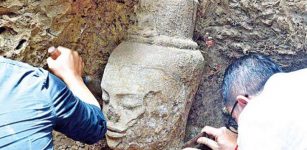 Sandstone Head Of A Bodhisattva Discovered Near Ta Nei Temple
Archaeology | Oct 15, 2019
Sandstone Head Of A Bodhisattva Discovered Near Ta Nei Temple
Archaeology | Oct 15, 2019 -
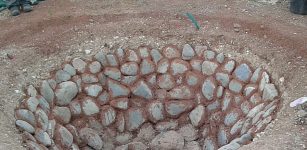 Prastio-Mesorotsos Excavations: Neolithic oven prepared food for 200 guests
News | Aug 30, 2015
Prastio-Mesorotsos Excavations: Neolithic oven prepared food for 200 guests
News | Aug 30, 2015 -
 On This Day In History: Tsar Peter The Great Opens New Chapter in Russia’s History – On Mar 19, 1697
News | Mar 19, 2017
On This Day In History: Tsar Peter The Great Opens New Chapter in Russia’s History – On Mar 19, 1697
News | Mar 19, 2017 -
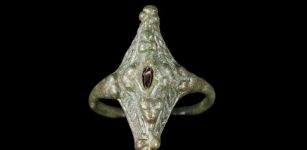 Extraordinary Kite-Shaped Pictish Ring Found At Moray Fort In Scotland
Archaeology | Sep 5, 2024
Extraordinary Kite-Shaped Pictish Ring Found At Moray Fort In Scotland
Archaeology | Sep 5, 2024 -
 Baffling Cathar Mystery – Was It A Double Ancient Reincarnation Case?
Featured Stories | Jan 12, 2025
Baffling Cathar Mystery – Was It A Double Ancient Reincarnation Case?
Featured Stories | Jan 12, 2025 -
 Three Roman Shipwrecks Discovered Off Tunisian Coast – One Is 2,000-Year-Old
Archaeology | Jun 9, 2023
Three Roman Shipwrecks Discovered Off Tunisian Coast – One Is 2,000-Year-Old
Archaeology | Jun 9, 2023 -
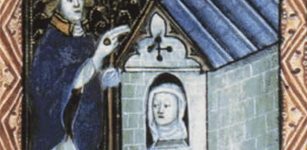 Coronavirus: Advice From The Middle Ages For How To Cope With Self-Isolation
Featured Stories | Mar 29, 2020
Coronavirus: Advice From The Middle Ages For How To Cope With Self-Isolation
Featured Stories | Mar 29, 2020 -
 Green Comet Last Seen By The Neanderthals 50,000 Years Ago May Be Visible To The Naked Eye This Week
Archaeoastronomy | Jan 9, 2023
Green Comet Last Seen By The Neanderthals 50,000 Years Ago May Be Visible To The Naked Eye This Week
Archaeoastronomy | Jan 9, 2023 -
 Trees Are Deeply Rooted In Beliefs And Cultural Traditions Of Ancient People Around The World
Featured Stories | Feb 18, 2018
Trees Are Deeply Rooted In Beliefs And Cultural Traditions Of Ancient People Around The World
Featured Stories | Feb 18, 2018 -
 Huge Unknown 7,000-Year-Old Vinca Settlement Found In Serbia?
Archaeology | Apr 30, 2024
Huge Unknown 7,000-Year-Old Vinca Settlement Found In Serbia?
Archaeology | Apr 30, 2024 -
 Biblical Vineyard Of Naboth Existed And Has Been Found
Archaeology | Aug 3, 2017
Biblical Vineyard Of Naboth Existed And Has Been Found
Archaeology | Aug 3, 2017 -
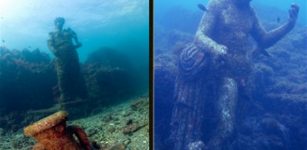 Time Capsule: Sunken Ancient City Of Baiae
Archaeology | Mar 27, 2014
Time Capsule: Sunken Ancient City Of Baiae
Archaeology | Mar 27, 2014 -
 3,000-Year-Old Geoglyphs May Depict The Heavens
Archaeology | Jun 25, 2018
3,000-Year-Old Geoglyphs May Depict The Heavens
Archaeology | Jun 25, 2018 -
 Clues To The Mysterious Dog-Headed St. Christopher And His Connection To The Egyptian Jackal God Anubis Found?
Featured Stories | Jan 14, 2025
Clues To The Mysterious Dog-Headed St. Christopher And His Connection To The Egyptian Jackal God Anubis Found?
Featured Stories | Jan 14, 2025 -
 Newly Discovered Papyrus Reveals An Intriguing And Gripping Criminal Case From The Roman Empire
Archaeology | Jan 29, 2025
Newly Discovered Papyrus Reveals An Intriguing And Gripping Criminal Case From The Roman Empire
Archaeology | Jan 29, 2025 -
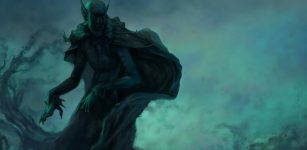 Vetala – Vampire With Knowledge Of The Past, Present And Future In Hindu Mythology
Featured Stories | Jan 19, 2021
Vetala – Vampire With Knowledge Of The Past, Present And Future In Hindu Mythology
Featured Stories | Jan 19, 2021 -
 Inscription On Pokotia Monolith Reveals Sumerians Visited Peru Thousands Of Years Ago
Ancient Symbols | Sep 1, 2015
Inscription On Pokotia Monolith Reveals Sumerians Visited Peru Thousands Of Years Ago
Ancient Symbols | Sep 1, 2015 -
 British Columbia’s Mysterious Ancient Underground People Who Avoided Daylight And Owned Strange Magical Objects
Ancient Mysteries | Apr 6, 2025
British Columbia’s Mysterious Ancient Underground People Who Avoided Daylight And Owned Strange Magical Objects
Ancient Mysteries | Apr 6, 2025


